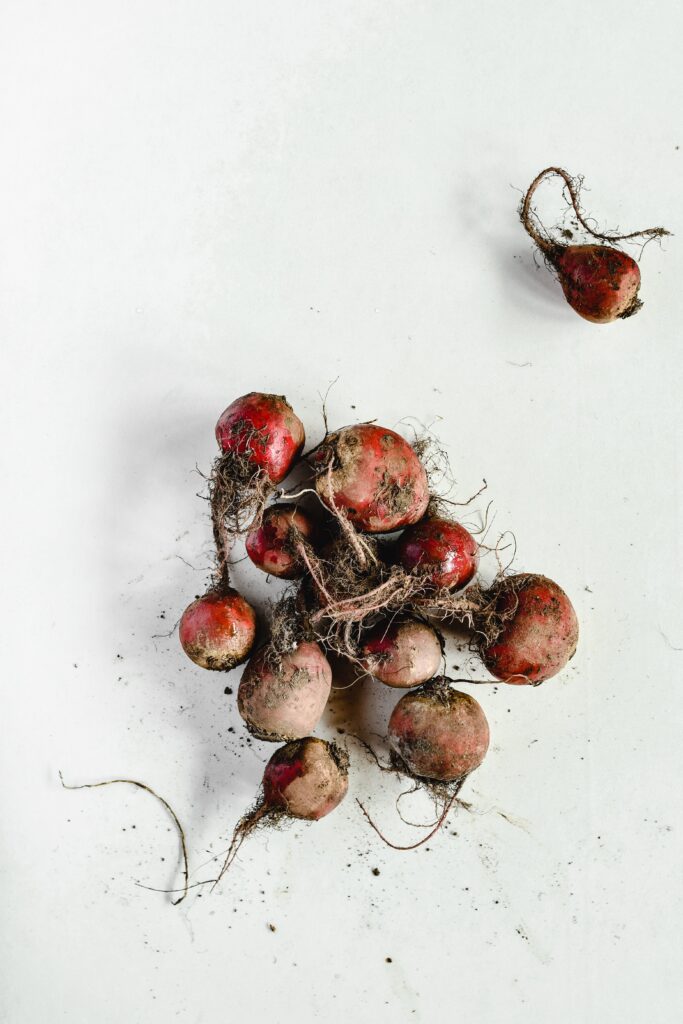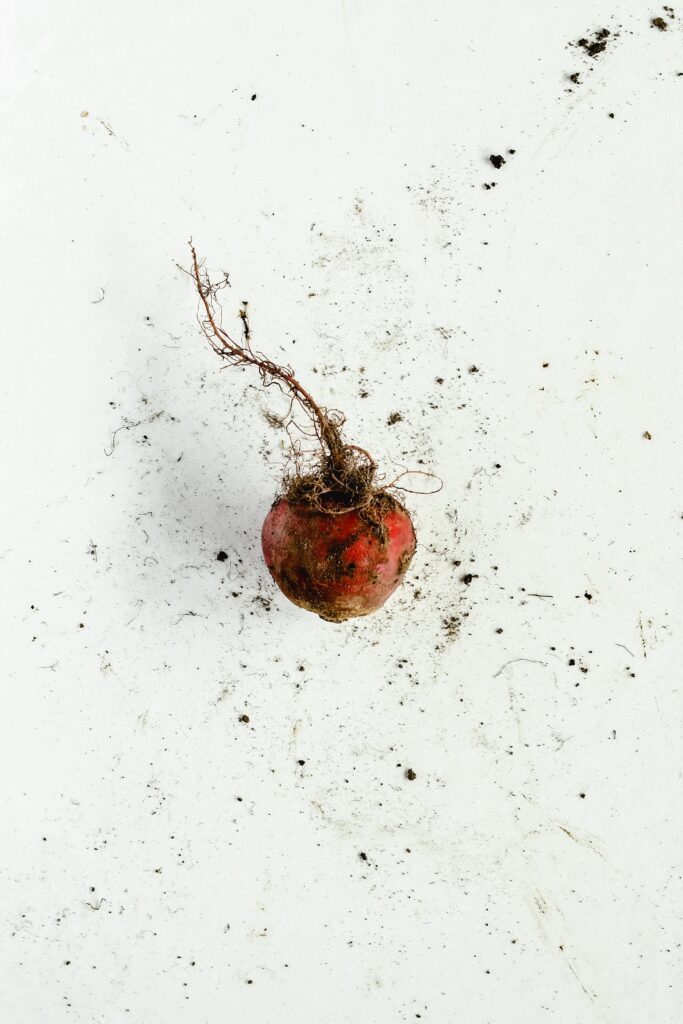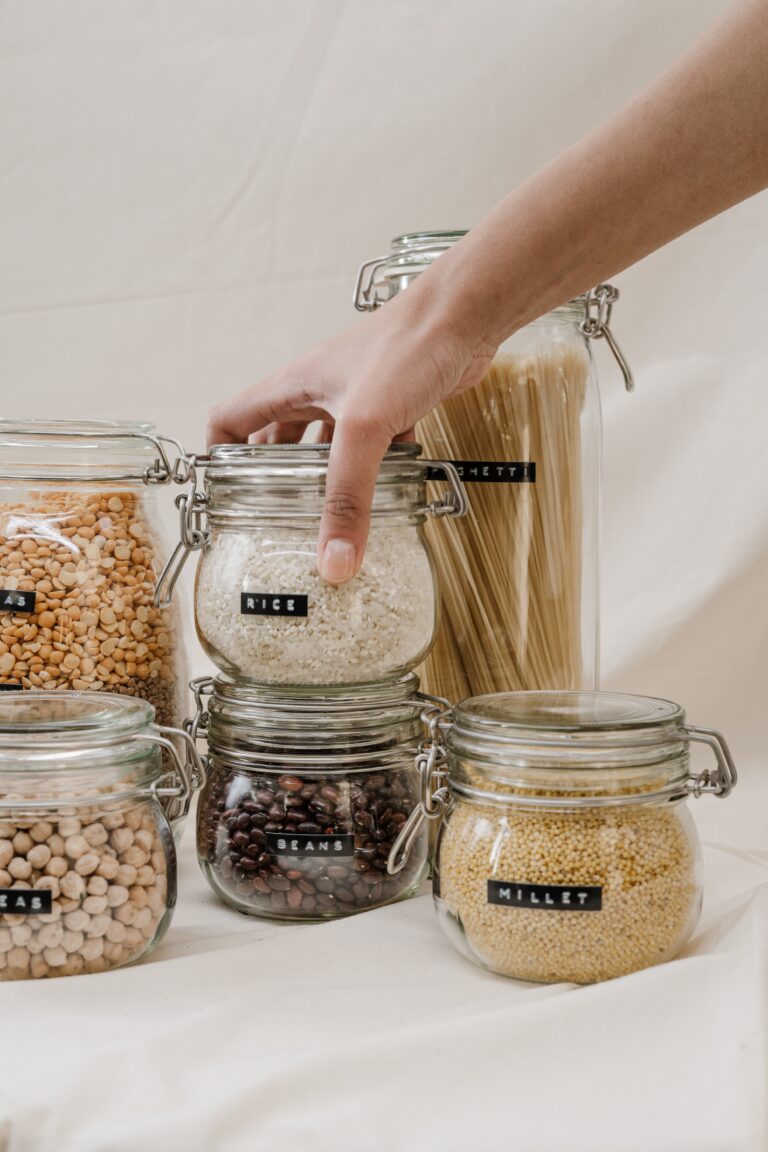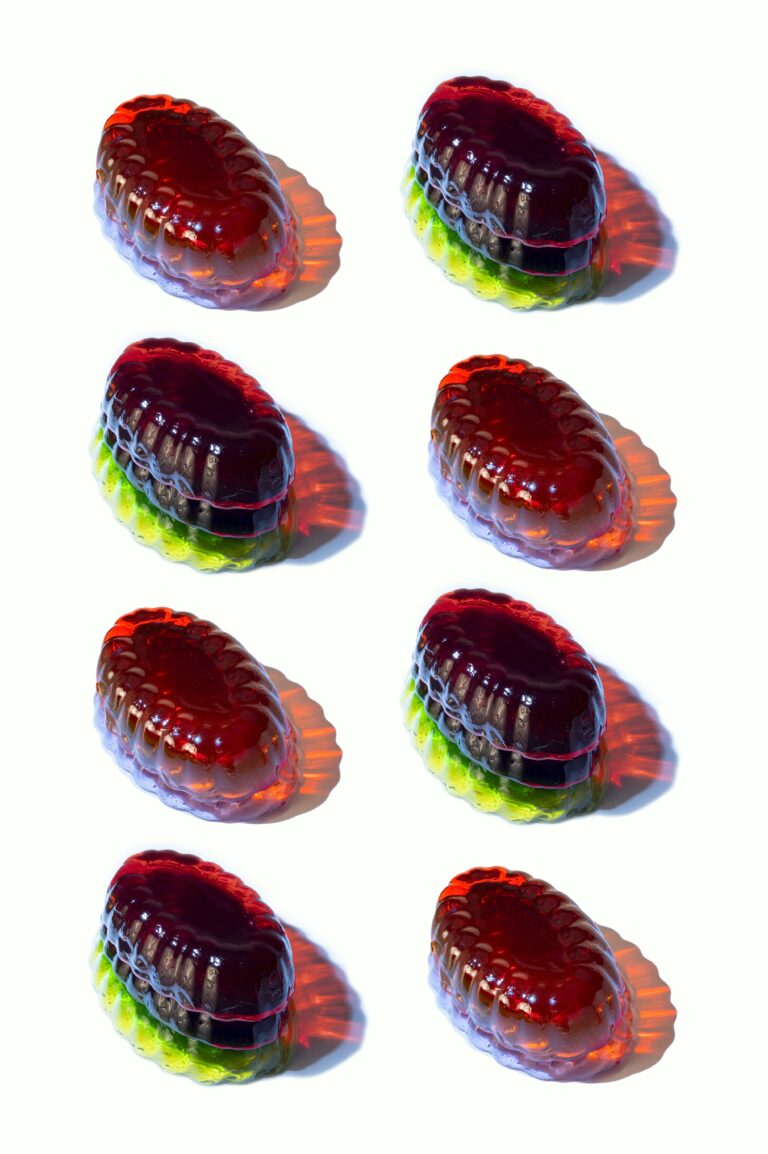
Beetroot, a vibrant and nutritious vegetable, can be a versatile addition to various dishes. But what if you find yourself with more beets than you can use? Can you freeze beetroot to extend its shelf life and preserve its flavors? In this comprehensive guide, we’ll delve into the world of freezing raw beets, whether they’re fresh, cooked, or even roasted. Get ready to discover the steps, tips, and tricks to successfully freeze raw beetroot and make the most of this colorful root vegetable.
Can You Freeze Beetroot?
If you’ve got a surplus of fresh beets and you’re wondering if you can freeze them, the answer is yes! Freezing fresh beets is a fantastic way to prevent waste and have them available for later use in various recipes.
Why Not Try These Delicious Recipes to Use Up Beetroot

Does Beetroot Freeze Well
Beetroot freezes remarkably well, making it a convenient option for preserving this nutritious and vibrant root vegetable. Whether you have fresh, cooked, or roasted beetroot, freezing it helps maintain its color, texture, and flavor.
Properly blanching and preparing the beetroot before freezing ensures that it retains its quality during storage. When thawed and used in various recipes, from salads to smoothies and beyond, frozen beets remains a reliable and delicious ingredient that adds a burst of color and nutrition to your dishes.
How to Freeze Beets
Here is how to freeze fresh beets to avoid waste and save them for later use in the season.
Preparation
Start by washing the fresh beets thoroughly to remove any dirt and debris. Trim the root ends and any greens attached to the beets.
How to Blanch Beets to Freeze
Blanching helps preserve the color, texture, and flavor of the beets. Bring a large pot of water to a boil and prepare a bowl of ice water. Submerge the beets in boiling water for 3-5 minutes, depending on their size. Then, quickly transfer them to the ice water to halt the cooking process.
Peeling
Once the beets are cooled, peel off their skins using your fingers or a peeler.
Slicing or Dicing
Slice or dice the beets according to your preference. You can slice them into rounds, dice them for soups or stews, or leave them whole for roasting.
How to Freeze Blanched Beets
Arrange the sliced or diced beets on a baking sheet lined with parchment paper. This prevents them from sticking together during freezing. Once they’re individually frozen, transfer them to freezer bags. Don’t forget to label the bags with the freezing date for easy tracking.

How to Freeze Roasted Beets
Perhaps you’ve already cooked or roasted a batch of beets and are considering freezing the leftovers. You’re in luck! Freezing cooked or roasted beets is a breeze and can save you time when you’re ready to use them in future recipes.
Steps to Freeze Cooked or Roasted Beets
Cooling
Cook beets then allow the cooked or roasted beets to cool completely before freezing. This prevents condensation inside the freezer bags, which can lead to freezer burn.
Slicing or Dicing
Similar to freezing fresh beets, slice, dice, or leave the beets whole, depending on your future recipe needs.
Storing Cooked Beets for Freeing
Place the cooled beets in freezer bags, leaving some space at the top for expansion. Removing excess air from the bags helps prevent freezer burn. You can also pour beet juice into ice cube trays and freeze them for adding a burst of flavor to soups and sauces later on.
Labeling
Label the freezer bags with the freezing date and a brief description of the contents.
How Long Can You Freeze Beetroot
The shelf life of frozen beetroot depends on the type and preparation method. Generally, both raw and cooked beetroot can be frozen for around 10 to 12 months when stored at 0°F (-18°C) or below. For optimal quality, it’s recommended to consume frozen beetroot within this timeframe. However, be aware that the texture and flavor may slightly change after prolonged freezing.
To make the most of your frozen beetroot, ensure proper packaging, labelling, and storage, and always check for any signs of freezer burn before use.

How Do You Defrost Beetroot
Defrosting beetroots is a simple process that preserves their texture and flavor. To thaw frozen beetroots, transfer the sealed freezer bag or container from the freezer to the refrigerator. Allow the beetroots to thaw gradually in the refrigerator over a period of several hours or overnight. This slow thawing helps prevent moisture loss and maintains the vegetable’s integrity.
Once fully thawed, the beetroots can be used in your favorite recipes. Avoid using heat or warm water for thawing, as rapid temperature changes can compromise the texture and taste of the beetroots.
Can You Refreeze Beetroot
It is generally recommended to avoid refreezing beetroot once it has been thawed. Each freeze-thaw cycle can affect the texture and quality of the vegetable, potentially leading to a loss of flavor, moisture, and overall appeal. If you have thawed beetroot that you don’t plan to use immediately, it’s best to consume it promptly rather than refreezing it.
To minimize food waste and maintain the best quality, plan your portions and thaw only what you intend to use in a single defrosting session.

Don’t Miss These Helpful Freezer Guides
- How to Freeze Pulled Pork
- How to Freeze Kiwi
- How to Freeze Bell Peppers
- How to Freeze Chorizo
- How to Freeze Yogurt
- How to Freeze Ricotta Cheese
- How to Freeze Salami
- How to Freeze Ricotta
- How to Freeze Coconut Cream
- How to Freeze Cantaloupe
Conclusion
The answer to the question, “Can you freeze beetroot?” is a resounding yes! Whether you have fresh, cooked, or roasted beets on hand, freezing is a great way to extend their shelf life and keep their flavors intact. By following the steps outlined in this guide, you can enjoy the goodness of beets in various dishes, even when they’re out of season. So, next time you find yourself with an abundance of beets, don’t hesitate to freeze them for future culinary adventures.

Christopher is a food and lifestyle expert, recipe developer and the content creator behind May Eighty Five. With years of experience in the kitchen, he also shares tips, tricks and how to’s that he has learnt over the years. Every week, he shares quick, simple and mostly healthy recipes along with some home and entertaining tips. You will find flavorful cocktails, delicious appetizers, tasty mains and some indulgent desserts. As a home decor enthusiast, he also likes to share simple DIY projects and simple tips for a beautiful home.







2 Comments